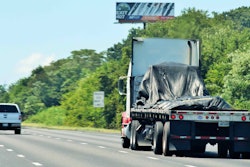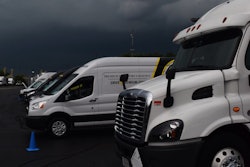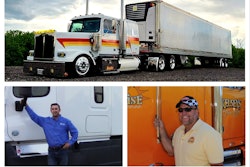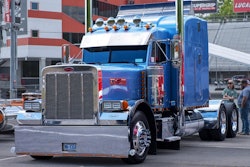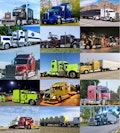When it comes to the pilot program that would allow military-trained, under-21 CDL holders to drive across state lines (comments due by Sept. 4), forget for a moment its supporting argument of helping to ease what the trucking establishment portrays as a driver shortage. Consider instead tomorrow’s drivers.
From 1994 to 2013, trucking’s share of 25- to 34-year-olds in the nation’s workforce dropped by more than half. That’s partly because many older teens interested in a long-haul trucking career choose a different field because they don’t want to wait until turning 21, when they can run interstate.
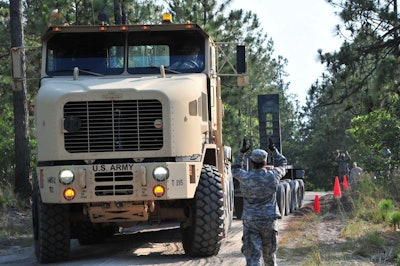 A proposed trial to allow military-trained drivers younger than 21 to drive trucks interstate could help stem the diversion of promising drivers into other careers.
A proposed trial to allow military-trained drivers younger than 21 to drive trucks interstate could help stem the diversion of promising drivers into other careers.A more recent development is the concern that fully autonomous trucks will steal driving jobs from humans. Yet those grappling with the Level 3 and 4 transitions to full autonomy (Level 5) with cars and commercial trucks now see the challenges more clearly. There have been too many accidents with semi-autonomous cars where an inattentive or presumptuous driver gambled too much.
So it could easily be a decade or two before autonomous trucks displace significant numbers of drivers. In the meantime and possibly indefinitely, the operators of semi-autonomous trucks will need more skills than today’s drivers, not fewer.

“The drivers will still need to have that driving skill, but they may also need to be able to do other things to help support the vehicle,” says Fred Andersky, a customer relations director for Bendix Commercial Vehicle Systems, which makes advanced truck safety systems. “So training becomes even more important as we move forward.”
Not only will they need to assume driving control when needed, but they’ll also need to be monitoring – and reacting to malfunctions – in the complex interplay of the systems that makes autonomous driving possible: steering, braking, following distance, lane departure, stability control, GPS, radar and vision. No doubt there will be even more technological advances, and more integration of systems internally and with nearby vehicles and highway infrastructures.
Even when Level 5 becomes a reality, Andersky says, it might not be a truly “driverless” system. Instead, “a pilot-type person” could be needed, similar to an airline pilot overseeing a plane on autopilot.
Trucking needs the best of the brightest potential drivers to fill these jobs of tomorrow and, ideally, today’s jobs, too. Yet the best of the brightest are the first to find a lucrative career outside of driving when they hit a roadblock.
Regulators should do what they can to remove such barriers. Require all the testing and supervised road time necessary to screen out unqualified younger drivers, but move forward with the trials to see if safety results measure up.




